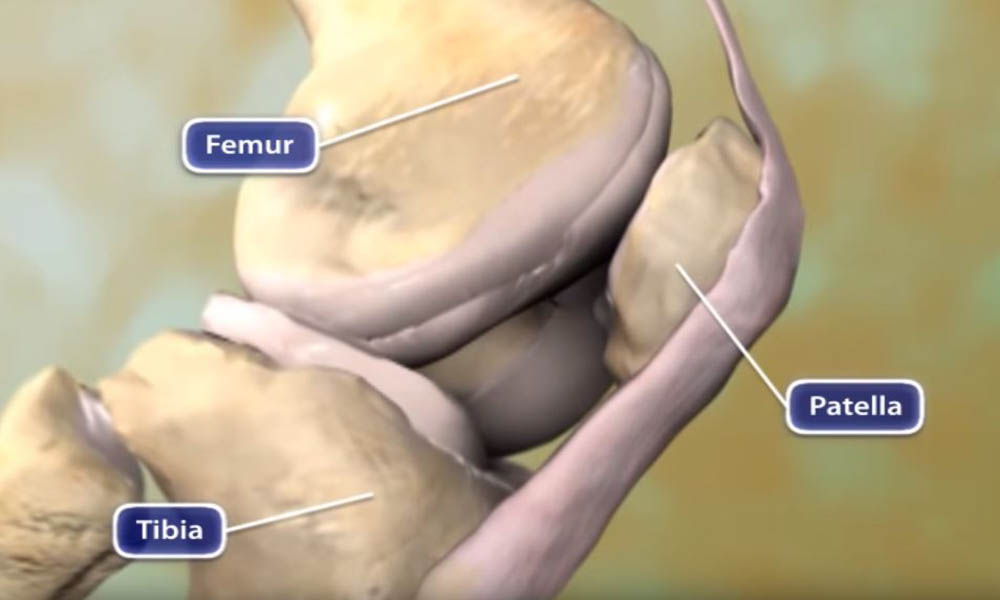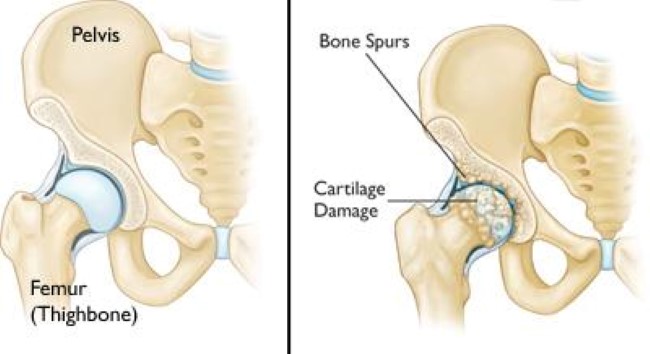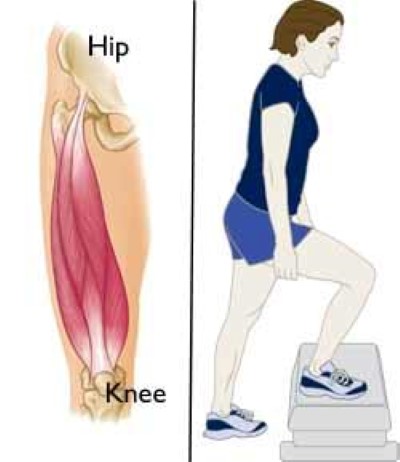Treatment
Managing Arthritis Pain With Exercise
According to the Centers for Disease Control and Prevention, around 1 in 5 adults in the U.S. has arthritis. The most common type of arthritis is osteoarthritis — also known as wear-and-tear arthritis — which most often affects the weightbearing joints in the knees, hips, neck, and lower back.
In osteoarthritis, the smooth cartilage that cushions the joints begins to wear away. Cartilage does not heal or grow back, and over time it can become rough and frayed. Without healthy cartilage, bones can no longer smoothly glide across one another, and movement begins to cause pain and stiffness.
When it is very severe and there is no remaining cartilage cushion, the joint becomes bone on bone.
How Exercise Helps Arthritis Pain
Arthritis pain naturally causes most adults to slow down and limit activity. Not exercising, however, can result in more problems. Recent research shows that over time, inactivity actually worsens osteoarthritis pain and puts adults at greater risk for eventual total loss of mobility.
Because exercise is painful for so many adults with arthritis, it may be hard to understand how exercise helps to relieve pain. Here's how it helps:
- Exercise increases blood flow to cartilage, bringing it the nutrients it needs to stay healthy.
- Specific exercises will strengthen the muscles that surround your joints. The stronger your muscles are, the more weight they can handle. As a result, the bones in your joints carry less weight, and your damaged cartilage is better protected.
- Exercise, of course, can help you with weight loss. Losing just a few pounds can make a big difference in the amount of stress you place on your weight-bearing joints, like your hips and knees.
- Studies have found that people who exercise are less likely to be depressed or feel anxious. There is a strong connection between depression and pain — chronic pain can lead to depression, and depression can worsen physical pain.
- Exercise can help you manage stress and improve your sleep patterns. Getting a full night's sleep is especially important because arthritis symptoms often worsen when you are tired. With hip and knee arthritis, it can be helpful to sleep with a pillow under your knees or between your legs for comfort.
Starting an Exercise Program
Of course, understanding how exercise can help is just the beginning. Starting an exercise program is the next step — and often the toughest.
Be sure to talk to your doctor first, especially if activity is painful for you or you have been sedentary (not active) for a long period of time.
Your doctor will talk to you about the types of exercises that would be best for you, depending on the location and severity of your arthritis. They may recommend a physical therapist to design an exercise program to meet your specific needs and safely get you moving again.
Your program should include three types of exercise:
- Range-of-motion exercises to improve your flexibility and reduce stiffness in your joints.
- Strengthening exercises to help build muscle mass and protect your joints
- Aerobic exercise to strengthen your heart and lungs, and to improve your overall fitness. Aerobic exercise is key to controlling your weight, as well.
Even if pain does not keep you from exercising, it is a good idea to talk to your doctor about your fitness program before jumping in.
Moderate Exercise
Typically, doctors recommend a moderate, balanced fitness program. If you regularly do high-impact aerobic exercises, such as running or competitive sports, your doctor may recommend that you switch to low-impact activities that place less stress on your weightbearing joints. Walking, swimming, and cycling are good alternatives. A stationary exercise bike, even a recumbent one, can provide aerobic exercise for those who cannot walk well or have balance problems.
To help with balance, strength, and flexibility, your doctor or physical therapist may suggest you try yoga or tai chi (a program of exercises, breathing, and movements based on ancient Chinese practices).
Start Slowly
If it has been awhile since you last exercised, slow and steady is the safest and most effective way to begin a fitness program. Your goal is 20 to 30 minutes of aerobic activity, 3 to 4 times a week. If this is challenging for you, you can break it up into shorter segments, such as a 10-minute walk in the morning and a 10-minute walk in the evening.
Work on your range of motion every day. Strength exercises can be done every other day. Always begin with a warmup to prepare your body for all types of exercise.
As you get stronger, gradually increase the duration of your aerobic exercise and the number of strength exercise repetitions. Be sure not to overdo it. You should not feel serious pain after exercise. It is typical to feel some muscle soreness the day after you exercise, but if you feel so sore that it is difficult to move, you have overdone your exercise.
You can reduce muscle soreness with a heating pad or a warm bath or shower. Cold therapy for brief periods after exercise has also been shown to improve muscle recovery.
Talk to your doctor or physical therapist if you have any pain or are unsure about your fitness program. Your physical therapist may recommend assistive devices, such as braces or shoe inserts, to help reduce stress on your joints.
Living with osteoarthritis can be very challenging. Remember that there are many things you can do to reduce the impact arthritis has on your life — and regular, moderate exercise is the best medicine.
Contributed and/or Updated by
Peer-Reviewed by
AAOS does not endorse any treatments, procedures, products, or physicians referenced herein. This information is provided as an educational service and is not intended to serve as medical advice. Anyone seeking specific orthopaedic advice or assistance should consult his or her orthopaedic surgeon, or locate one in your area through the AAOS Find an Orthopaedist program on this website.










